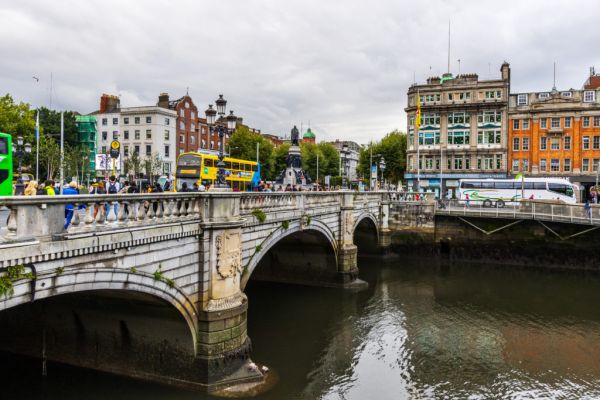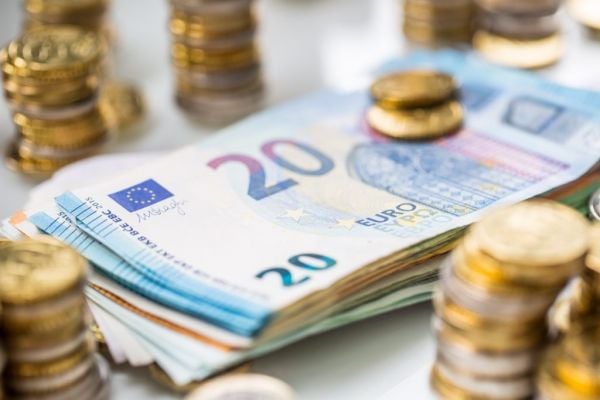Ireland's economy is soaring again. Gross domestic product is up 7 percent from a year ago -- a remarkable surge that inevitably calls to mind the boom preceding the bust of 2008-10. Is history repeating itself?
Probably not. Ireland suffered more than most during the crash, so the economy has ground to make up. This expansion also has firmer foundations than the earlier one. Nonetheless, complacency would be an error, triumphalism even more so. The watchword for the government should be safety first.
Unemployment fell to 8.9 percent in November from about 15 percent in 2012 . The new jobs aren't concentrated, as before, in and around a bubble-prone construction industry. Employment is up in 11 of 14 sectors in the economy.
The country's banks are looking better, too, though the industry is still unduly concentrated. As elsewhere, Ireland's banking crisis combined high-risk lending and regulatory failure. Banks asked few questions as they almost tripled their loans in the six years from 2002. The prices of houses and commercial real estate shot up, and building boomed. The subsequent collapse was no less dramatic.
At enormous cost to taxpayers, the system has been repaired. Authorities restored solvency, set up a bad-asset agency, kicked out bad management and liquidated banks that were beyond redemption. It took several rounds of recapitalization, amounting to some 40 percent of GDP.
Still, it's a job only partly done. Long-term mortgage arrears remain among the highest in Europe. This overhang of debt weighs on consumption.
The government has tried to encourage more lending to small and medium companies, but the failure to restructure bad loans has hampered that effort.
The expansion has boosted tax revenue and improved the government's fiscal position, but it continues to run a budget deficit after correcting for the effects of the economic cycle. With parliamentary elections due next year, the government has yielded to temptation, adding tax cuts and higher spending on health and other programs to the budget. It would be better to make faster progress in reducing public debt. It reached more than 120 percent of GDP in 2013 and is now just under 100 percent - still too high.
The mix of public spending needs attention, too. Investment in transportation, energy and broadband infrastructure - essential for sustained growth - is too low. Savings should be found elsewhere in the budget to pay for more.
Ireland's greatest challenge remains: It lacks an independent monetary policy, and euro interest rates are too low for an economy growing at 7 percent, or even the more modest growth rates, about 4 percent, predicted for 2016. This puts a heavy burden on so-called macroprudential policy. The government has recognized the need. Banks must maintain a countercyclical capital buffer and comply with mandatory loan-to-value ratios. Any sign of financial overheating will require these measures to be promptly tightened.
Ireland has done much of the hard work to earn its recovery. Cheap energy and a devalued euro have helped as well - - but those may not last. Ireland should remember the main lesson from the crash: Booms can turn to busts all too suddenly, and with fearsome consequences. Steady skepticism and cautious fiscal policy are the safest path to sustainable growth.
News by Bloomberg, edited by ESM. To subscribe to ESM: The European Supermarket Magazine, click here.









